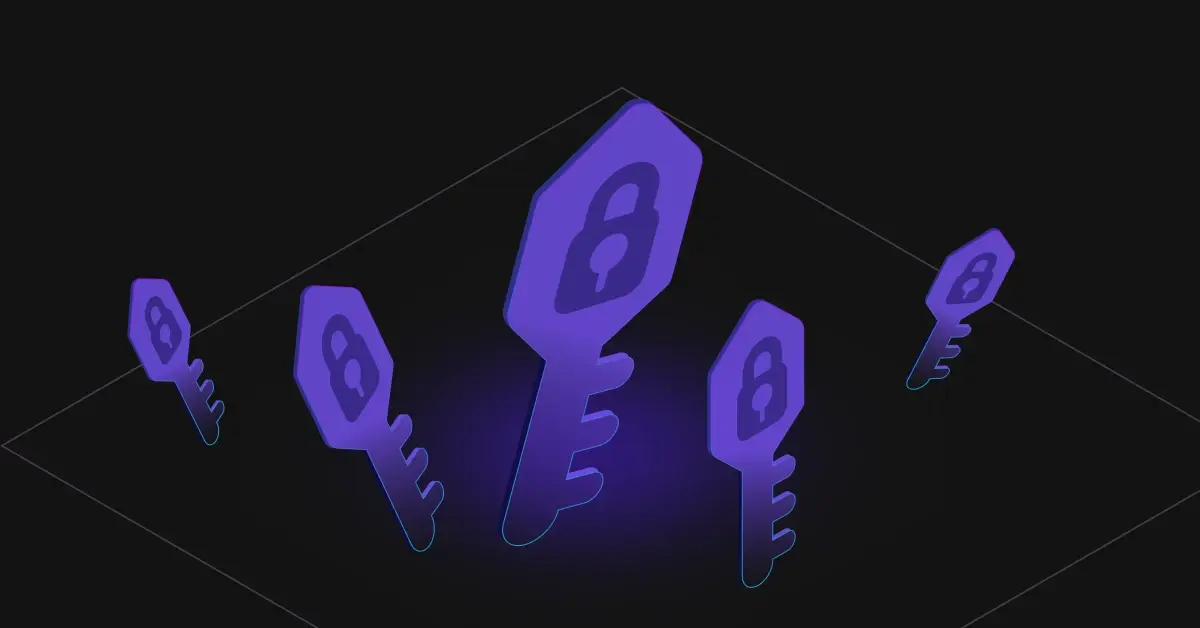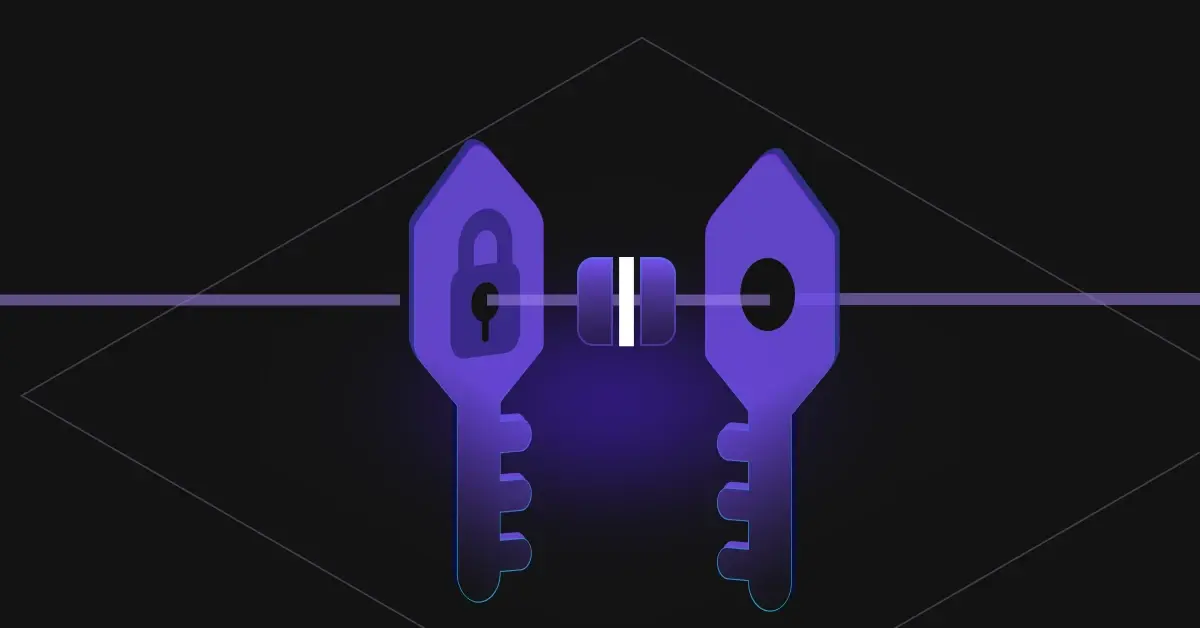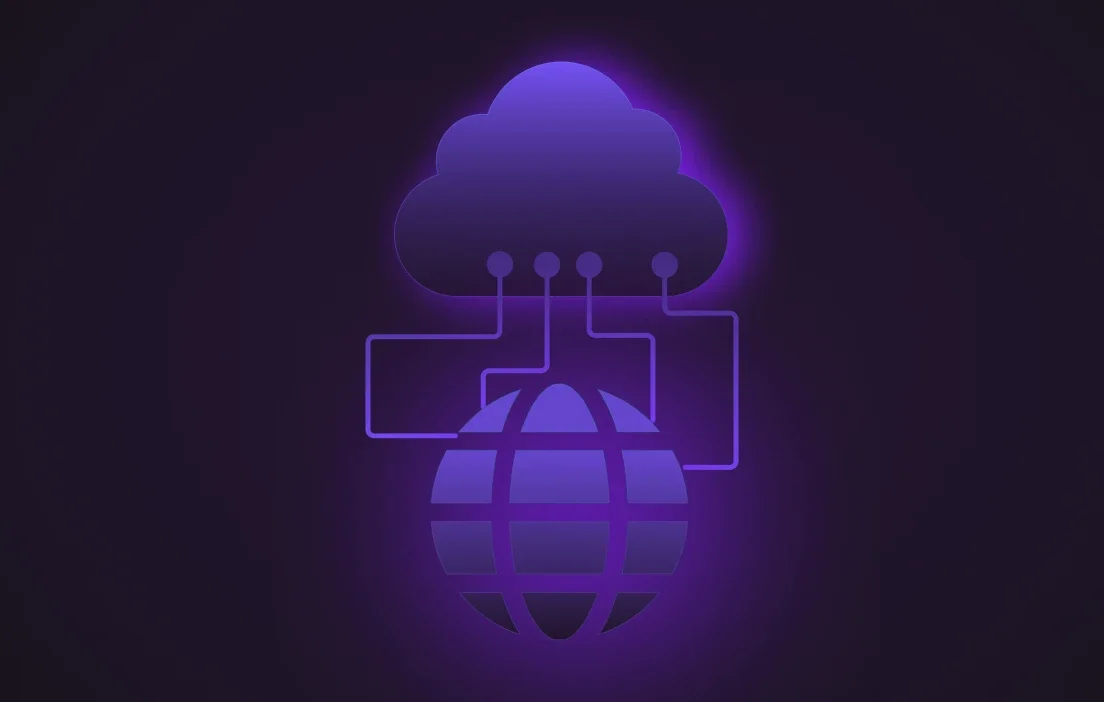When discussing enterprise cloud data security, most folks jump to the usual suspects, i.e., misconfigurations, insecure APIs, or insider threats. But those have been talked to death.
There's a different set of cloud data security risks hiding in plain sight. These are the everyday moments that people rarely pause to question, but they punch holes in your cloud security when you least expect it.
5 Cloud Data Security Risks That Could Cripple Your Enterprise
So, before you experience those cloud security risks, let’s analyze and get an understanding how to avoid them with Fortanix's help.
1. The "Set and Forget" Cloud Mindset
We've all been there. What usually happens is that you move a workload to the cloud, do the initial setup, tighten a few vaults, and then silence. Months pass. Maybe even years. People assume the cloud stays secure by default. But the truth is nothing ages faster than cloud configurations.

Security policies that made sense last year could be wide open today, and no one's checking until something breaks or gets breached. Cloud security teams are juggling 15 other things.
But here's how you can fix this: Deploy Fortanix Key Insight. The solution automatically scans your cloud environment for hidden keys, shadow crypto, or expired certs. The best part is that you'll get intelligent alerts when something's off or a key is being misused, so you're not flying blind. It improves your enterprise cloud security posture continuously.
2. Dead Projects, Live Secrets
A team builds a quick proof of concept, maybe during a weekend hackathon. The project doesn't move forward; eventually, everyone forgets about it.

However, the secrets, encryption keys, and access tokens used during development are still left behind. They continue to sit in Git repositories, shared cloud buckets, or worse, in team chats like Slack.
Dead code has a habit of coming back to bite. Especially when attackers find and use those old secrets as a golden key. Plenty of enterprise data security incidents start with secrets someone forgot to clean up.
However, you can avoid this situation and strengthen your enterprise cloud data security. Fortanix Data Security Manager manages keys, certificates, and credentials centrally and stores secrets centrally in FIPS certified HSM, available on prem and as SaaS. The keys stay visible and controlled even if the app is long gone. You can also set auto-expiry and usage policies, so old keys don't become backdoors.
3. Copy-Paste Culture of Cloud Teams
Engineers often work under tight deadlines and reuse the same cloud configuration templates, IAM roles, or encryption settings across multiple projects. This approach is faster and more familiar and helps them avoid unexpected issues.
However, if there is a flaw in just one of these setups, that flaw can quickly spread across all the projects. For example, one misstep in a Terraform template (used to automate cloud infrastructure) can open doors across your cloud landscape.

Instead of leaving encryption as a line in your code, offload it. Remove encryption from the application layer and let Fortanix Data Security Manager (DSM) handle it.
Fortanix DSM centralizes encryption, i.e., gives you one place to manage data security across all your environments, including AWS, Azure, GCP, and hybrid. So, encryption is always done right, even if your team reuses code or copies old templates, making your enterprise cloud security more resilient.
4. No One Owns the Keys
In many companies, no one truly "owns" the encryption keys. Cloud teams think security has them, security thinks IT has them, and legal assumes they're compliant.

When it's everyone's job, it's no one's job. That's a big problem when regulators ask: "Where are your keys stored? Who accessed them? Why?"
But why does key custody matter? We've seen this, especially in global teams where keys are managed differently across geographies. When no one owns the keys, it leads to confusion, weak accountability, and gaps in cloud security during audits or incidents.
With Fortanix Key Insight, you get complete visibility of who owns what. With DSM, you can control who can access keys and when. Set strict access policies. Pull logs. Show auditors you've got your enterprise data security house in order.
5. Assuming Cloud Providers Have Your Back
When people hear the "shared responsibility model," they think, "Great, they've got this." But here's a fact: cloud providers secure their infrastructure. Your data? That is your responsibility.
People often overlook this cloud data security risk.

Even if your data is encrypted, the cloud provider can still access it if they hold the encryption keys. This becomes a serious concern in cases like government subpoenas or internal breaches within the provider's organization.
The most effective solution is to store your keys outside the cloud. With Fortanix External Key Management (EKM), your keys never leave your control, even if your data lives in the cloud. Combine that with confidential computing; not even the cloud provider can peek inside.
Key Takeaways
So far, in this blog, we have discussed the top 5 cloud data security risks for enterprises. However, several others, though not alarming, are equally responsible for a breach.
The above risks discussed feel too small to matter at the moment. However, these kinds of oversights quietly grow into serious cloud security threats. If you've ever said, "We'll deal with it later," you already know how these cracks sneak in.
Fortanix helps you close those gaps before they become disasters. It shows you exactly what keys you have, where they are, and what they're doing. It puts encryption back in your hands, even when your data lives in third-party clouds. You can delete old, unused keys before they attract the wrong attention.
Connect with our team for a free demonstration of our solutions.










